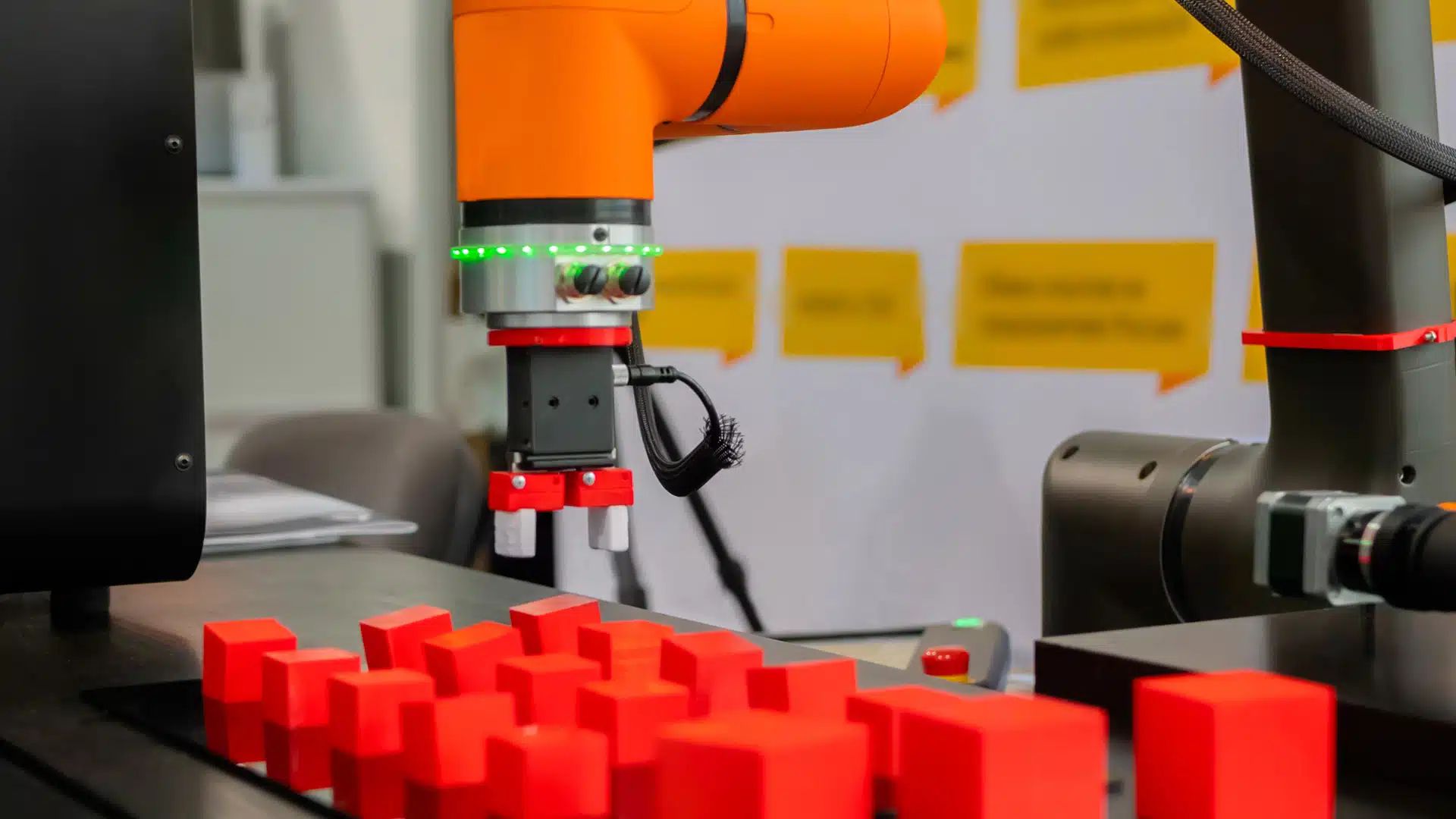New research shines a light on several employee experience (EX) areas, including solutions that can be leveraged to foster company culture as well as make an enterprise more attractive to talent.
Data from the research points to many of the technology types highlighted in Dash Research’s upcoming EX report – namely feedback, well-being, recognition, communications, and digital EX.

More than Half of C-Suite Does Not Understand Work World Has Changed
Achievers recently published some interesting research indicating that upper level, C-suite executives are not fully understanding that attraction and retention have fundamentally changed. The 2022 Culture Report on Tech-Enabled Employee Experience from Achievers Workforce Institute (AWI), the research and insights arm of Achievers, a provider of employee experience software platforms, reports that 56% of HR leaders say the C-suite does not understand that the world of work has changed. Further, 45% of HR leaders say they do not have the support they need from the C-suite to implement policies to attract, engage, and retain top talent.
The research shows a connection between offering remote work/flexibility and employee contentment. The AWI research showed the number one reason for switching jobs during the pandemic was for improved work flexibility. This need outranked both career progression and compensation. In companies where senior leaders are accepting of remote work, those companies are 29% less likely to have issues with attraction and retention.
“A major concern for company leaders is fostering a culture of connection and belonging with a dispersed workforce,” says Achievers Workforce Institute’s Chief Workforce Scientist, Dr. Natalie Baumgartner. “We know that a strong sense of belonging drives a 3x return on a wide number of business outcomes. Many leaders believe that to achieve their desired culture, employees must be in the same physical space. However, the world of work has changed and so must our approach to creating a sense of belonging for employees. Employees are sharply focused on having an experience of connection and belonging, but they are confident they can achieve it while working from anywhere.”
The AWI study identified four technology types that can help support positive culture: Network, Recognition, Wellness and Feedback.
- 42% of respondents stated that connection tools would increase their feelings of connection and belonging, but only 27% say their company provides access to them.
- Presently, only 29% of employees say that their company provides access to a recognition platform. Employees with a recognition platform are more likely to say they feel meaningfully recognized which leads to higher employee satisfaction and retention.
- 43% of employees state they are somewhat or very burnt out. Employees whose organizations provide wellness tools are less likely to be extremely burnt out.
- Gathering and acting on feedback drives strong business outcomes with a 3x increase in engagement, belonging, trust, commitment, and more. Currently, just 14% of employees say that their organization takes meaningful action on employee feedback.
Related Article: Achievers Report Uncovers How Employers Can Drive Retention Amid the Great Resignation
European Workers Divided on State of Company Culture
According to Qualtrics research, a large percentage of employees in France (50%), Germany (48%) and the UK (62%) felt the pandemic had a positive impact on company culture. However, this was not the case for the remaining respondents.
Those who were positive about company culture attributed it to an increase in open and honest communications and feeling heard by their employer. People also reported having managers who could listen effectively and who cared for them personally were other factors in positive company culture.
For those who felt the pandemic brought negative changes, employees reported:
- More division among co-workers (FR: 15%, DE: 15%, UK: 11%)
- Low employee morale, with the effect felt by more people in the UK (19%) than in France (10%) and Germany (12%)
- Less than a fifth believe they have gained a better work/life balance in the last two years (FR: 18%, DE: 15%, UK: 19%).
Qualtrics Employee Experience Specialist Phil Pringle says, “Improved communication has been a clear driver in improving company culture. The mission for leaders now is to have the right listening in place, at the right time and acting on that information to ensure they are keeping their employees engaged.”
Related Article: Survey: More US Employees Feel Empowered to Discuss Well-Being Issues With Employers
IT Talent Gap and Acquisition Pressures Cause Organizations to Invest in Technology
Salesforce’s MuleSoft released its 2022 IT Leaders Pulse Report, which showed that three quarters of senior IT leaders are struggling with recruiting IT talent and that 98% of respondents say that attracting IT talent is affecting technology investment choices.
IT leaders are starting to turn to technologies that will create more people-focused experiences for both customers and employees. Almost nine out of 10 (87%) senior IT leaders agree investing in people is hugely important. As a result, the majority of respondents plan to invest in improving IT employees’ well-being (82%) and upskilling (78%), both of which are ahead of increasing IT headcount (68%), over the next 12 months. Other data points include:
- Across industries, 58% of organizations are automating tasks and processes, and 53% are empowering non-technical employees with automation tools to meet their own needs.
- More than half of IT leaders are now evaluated on employee productivity (52%), while many are also measured on cost reduction and optimization (50%), customer experience (48%), and employee experience (46%).
“Shifting economic headwinds are making technology even more fundamental to success across every part of the business, including sales, service, marketing, commerce, and IT,” says Matt McLarty, Global Field CTO, MuleSoft. “As IT leaders struggle to fill roles to support this additional demand, the traditional playbook is in question. Today’s IT leaders must look instead to broader, company-wide process improvements, through automation, that foster innovation, enhance user experiences, and drive efficient growth.”
Related Article: Digital Experience, AI, and Automation Are Critical to the Overall Employee Experience
Author Information
As a detail-oriented researcher, Sherril is expert at discovering, gathering and compiling industry and market data to create clear, actionable market and competitive intelligence. With deep experience in market analysis and segmentation she is a consummate collaborator with strong communication skills adept at supporting and forming relationships with cross-functional teams in all levels of organizations.
Sherril holds a Master of Business Administration in Marketing from University of Colorado, Boulder and a Bachelor of Arts in Psychology from Rutgers University.








